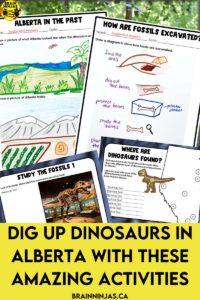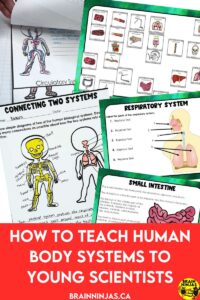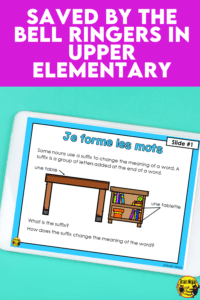
Most children go through a phase fascinated by dinosaurs. It only fits that living in Alberta means digging up dinosaurs and learning about fossil fuels. While learning about the specific dinosaurs is not in school curriculums, the result of their extinction is part of our lives today. Come learn about some of the ways we bring dinosaurs into our elementary science lessons. We’ve updated our lessons for the new Alberta science curriculum, but they work for any teacher wanted to roar through science (see what we did there?).
[Read more…] about Dig Up Dinosaurs in Alberta With These Amazing Activities







